Tall Fescue, Kentucky 31 (pasture mainly)
$13.50 – $115.00
Good pasture. Not recommended to leave livestock on pasture for extended periods. Has been used as turfgrass. Plant 4-10 lb. per 1000 sqft.
Good pasture. Not recommended to leave livestock on pasture for extended periods. Has been used as turfgrass. Plant 4-10 lb. per 1000 sqft.
| Grow Height | Cold Tolerance | Minimum Rainfall |
Planting Rate Acre |
| 1½-4′ | Fair | 30-40″ | 20-25 lb. |
| Weight | 1 lbs |
|---|---|
| Dimensions | 10 × 10 × 10 in |
Be the first to review “Tall Fescue, Kentucky 31 (pasture mainly)” Cancel reply
You must be logged in to post a review.
Related products
One of the best known and most commonly used native grasses. It is a long-lived, cool season species that has coarse blue- green leaves with prominent veins.
Largest use is turfgrass. Used to overseed warm season turf or as primary turfgrass. In adaptable regions plant 2-10 lb. per 1000 sqft.
Largest use is turfgrass. Used to overseed warm season turf. In adaptable regions plant 2-10 lb. per 1000 sqft.
Improvement over annual for grazing, especially in rust prone areas (high rainfall).
Native bunch grass that spread by short rhizomes and good root depth. Shade tolerant.
Good pasture. Cajun II is a forage-type endophyte-free tall fescue that promises broad adaptation and high yields.
Native, cool season perennial that is short lived. Found on sandy shores and dunes; wooded areas, especially along trails, rivers and streams; and other disturbed sites throughout much of North America.
Fairly large, ragged bunchgrass that was introduced from Africa for cattle forage.
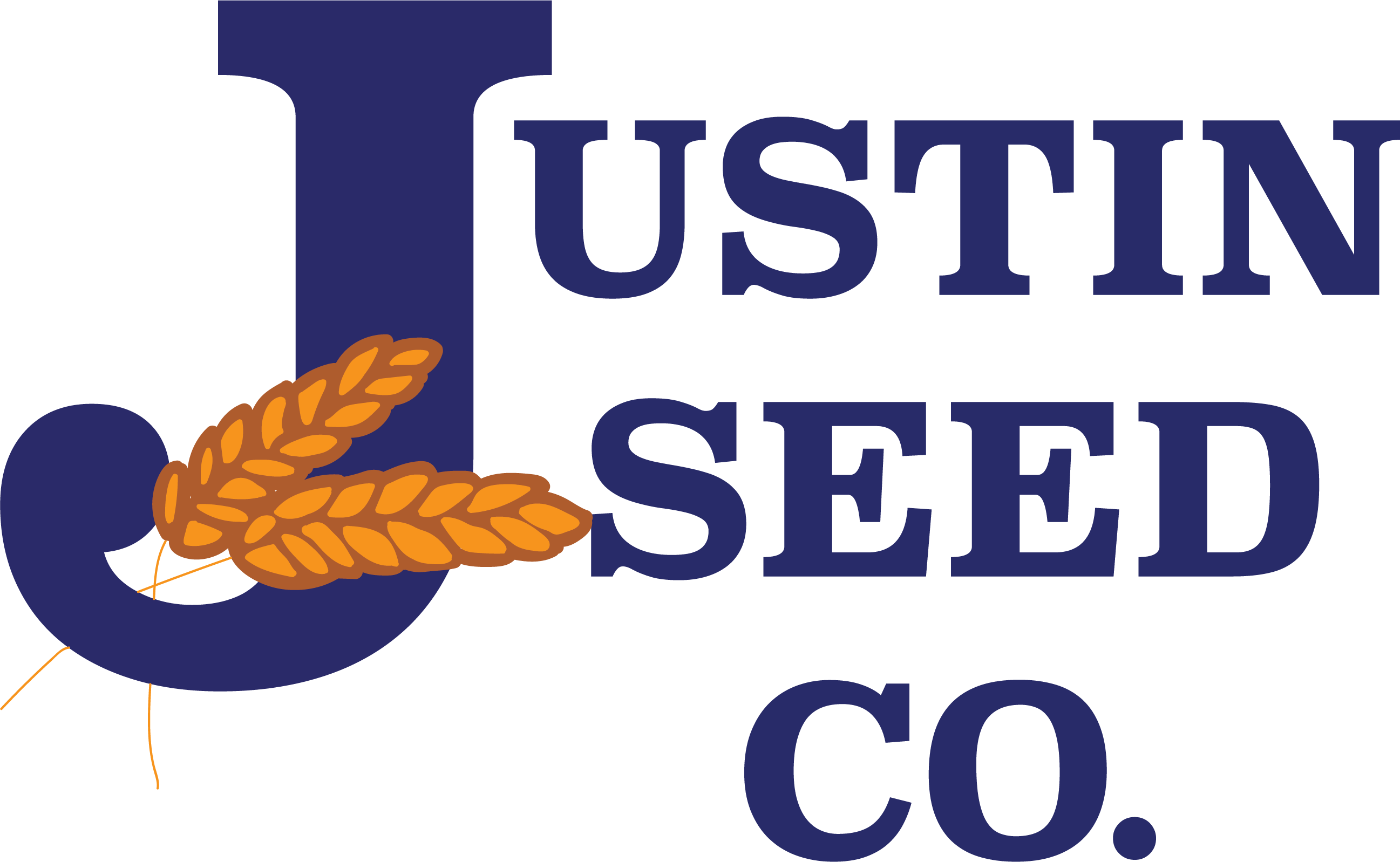
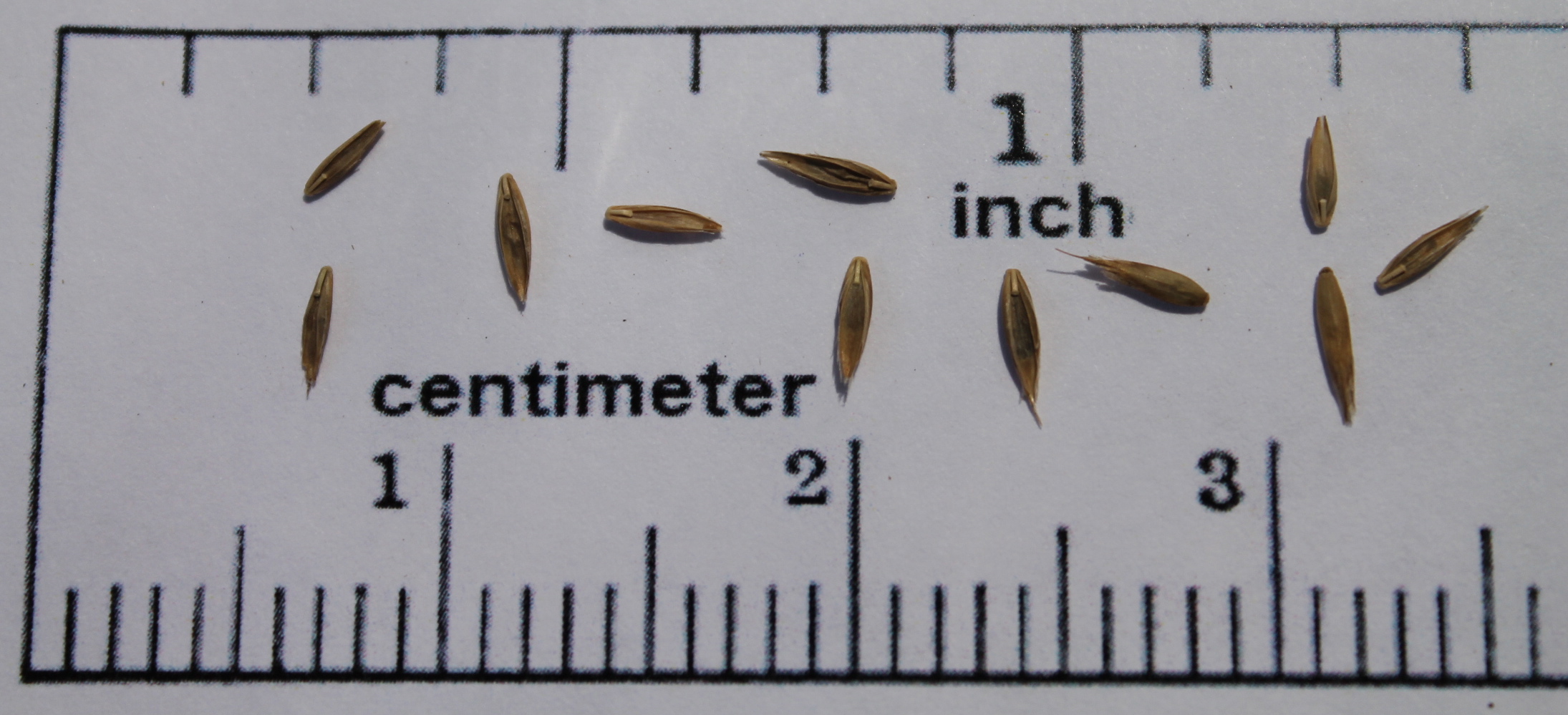

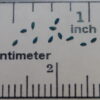
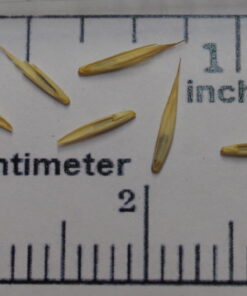
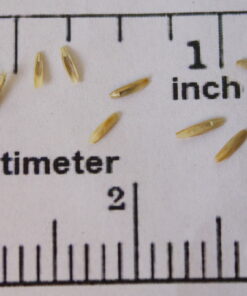
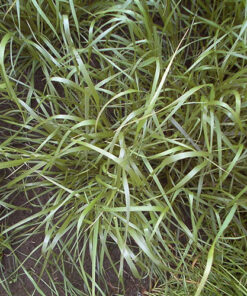

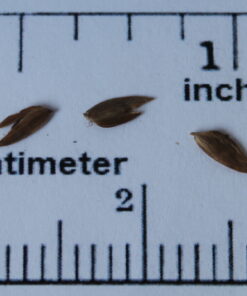

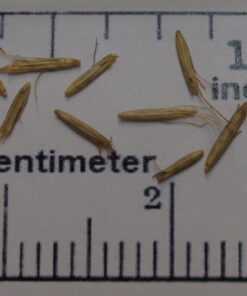
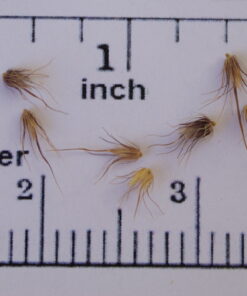
Reviews
There are no reviews yet.